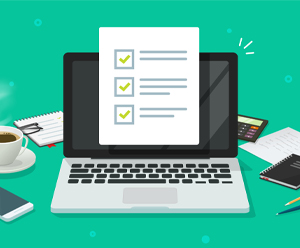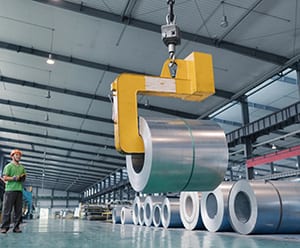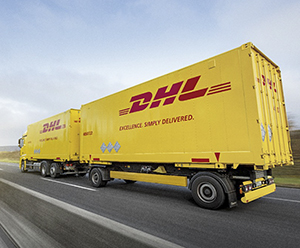
A step-by-step guide for importing into Thailand

Thailand, a traditionally export-heavy economy, shipped US$249.8 billion (€222.4 billion) worth of exports in 2018. The country’s long-running status as a major manufacturing hub depends largely on the steady flow of imports such as crude oil, machinery and parts, chemicals, and metals among others.
To encourage seamless, efficient trade, the Thai Customs introduced Pre-Arrival Processing (PAP), an e-bill payment and e-customs clearance system, which bumped the country’s ranking up by six places in the Ease of Doing Business index for 2020.
One of the most common challenges that companies face on customs brokerage is the lack of understanding on the import licenses needed for their goods and available tax exemptions, shared Wimolrat Paisakdaskul, Head of Customs at DHL Global Forwarding Thailand.
For businesses keen to import into Thailand, here’s how to get started:
1. Register with the Thai customs directly online or engage a freight forwarder
The importer has to possess a digital certificate first. The digital certificate is an electronic signature issued by the Thailand National Root Certificate Authority (Thai NRCA) that confirms the identity of a legal entity sending electronic documents in Thailand .
With this digital certificate, the importer or the contracted freight forwarder will have to register with the Thai Customs to gain access to its online services such as e-tracking to monitor the status of customs clearance, issuing of licenses, and e-payment of duties and taxes.
Once your registration has been approved, a user ID will be issued for logging in to the system.
2. Check on import permit requirements and classification of goods
Certain types of goods require specific import permits that should be issued by different government agencies before the goods arrive. Examples include raw materials, petroleum, textiles, pharmaceuticals and agricultural products.

Knowing the exact HS Code for the imported goods is also necessary as the code allows customs authorities to immediately evaluate the tariffs and duties, if any, to apply based on the criteria.
As part of the review process, the importer or freight forwarder must also determine if the goods are classified as low-risk goods, or high-risk goods that require more certification such as food, drinks and plants.
3. Prepare and submit mandatory documents
After ascertaining the nature of licenses or permits required for the imported goods, the next step is getting the necessary documentation to facilitate a smooth import process.
The common mandatory documents for customs clearance include the bill of lading, invoice, packing list, import license (if required), certificates of origin, and other relevant documents such as the list of ingredients or technical standards certificates.
4. Calculation and payment of all duties and taxes applicable
In the calculation of the duties and taxes for imported goods, it is the responsibility of the freight forwarder to explore existing opportunities that could potentially reduce tariff costs.
“For instance, establishing a link between imported materials and exported goods will allow the freight forwarder to control and process a refund of import duties when the goods — produced using the imported materials — are subsequently exported,” said Sangngern Chongvivatthanatham, Head of Ocean Freight and Customs, DHL Global Forwarding Thailand.
Another opportunity would be to tap on Thailand’s close trade relationships with other governments. “Under Thailand’s existing bilateral and multilateral Free Trade Agreements, certain categories of goods are listed as exempt from tariffs, or are pegged at reduced tariff rates,” shared Paisakdaskul.
After reviewing the available information on duty privileges or agreements with the respective countries of origin, payment can be made electronically via the e-Payment section of the e-Customs site or at the Customs Department at the port of entry.
5. Inspection of goods by the customs department
For low-risk goods, only a quick screening process is required before the goods can be released.
A detailed physical inspection by customs officials is required for the higher-risk goods, together with the supporting documentation, before the goods can be successfully cleared for import.
6. Appoint a fully-compliant logistics partner
Last but not least, appoint a fully-compliant logistics partner to optimize and manage your supply chain with efficiencies in cost- and time-savings. The logistics partner will be able to advise you on customs brokerage matters for your imports and exports.
To find out more on how to import into Thailand, please contact our DHL Global Forwarding customs brokerage team.
ALSO WORTH READING









 English
English